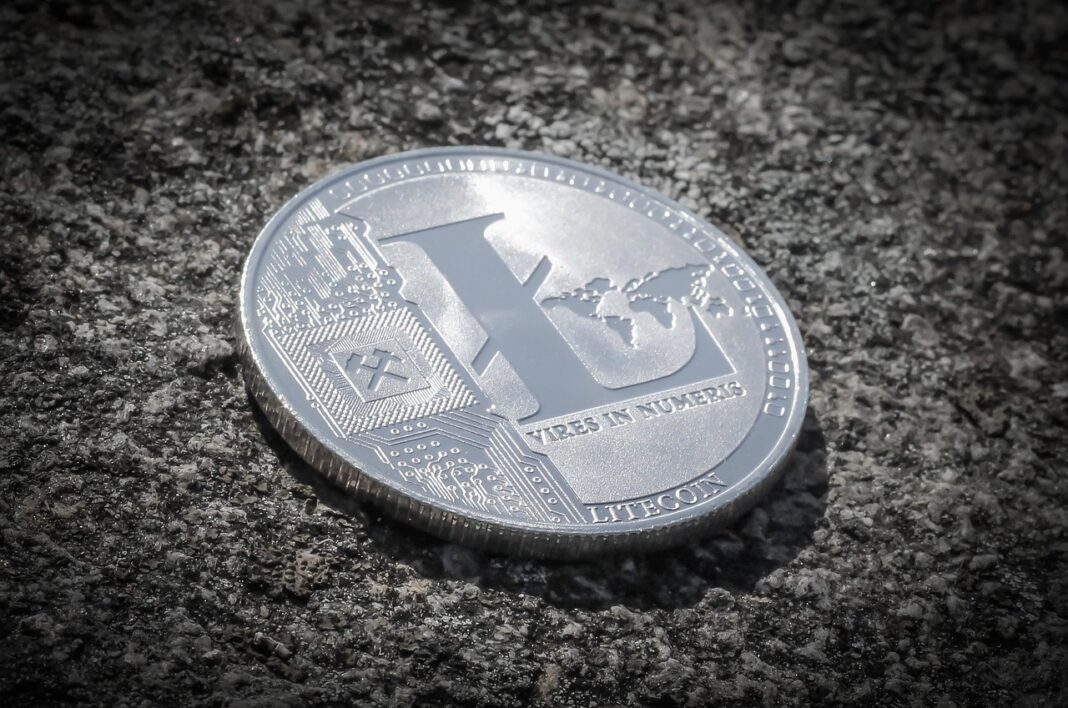Decentralized Finance (DeFi) is revolutionizing the traditional financial system, offering a more transparent, accessible, and efficient alternative. Imagine a world where financial services are available to anyone with an internet connection, without the need for intermediaries like banks or brokers. That’s the promise of DeFi, built on the foundation of blockchain technology. Let’s delve deeper into what DeFi is, how it works, and its potential impact on the future of finance.
What is Decentralized Finance (DeFi)?
Defining DeFi
Decentralized Finance (DeFi) refers to financial services built on decentralized technologies, primarily blockchain networks like Ethereum. These services aim to replicate and improve traditional financial products, such as lending, borrowing, trading, and insurance, but without the need for central authorities. Instead, DeFi relies on smart contracts – self-executing code – to automate processes and enforce agreements.
Key Characteristics of DeFi
DeFi is characterized by several defining traits:
- Decentralization: Eliminates central intermediaries, distributing control and ownership among participants.
- Transparency: Transactions are recorded on a public blockchain, making them auditable and transparent.
- Immutability: Once recorded, transactions cannot be altered or reversed, ensuring data integrity.
- Permissionless: Anyone with an internet connection can access and participate in DeFi protocols.
- Composability: DeFi protocols are designed to be interoperable, allowing them to be combined and built upon, creating new and innovative financial products.
How Does DeFi Work?
The Role of Smart Contracts
Smart contracts are the backbone of DeFi. They are self-executing agreements written in code and deployed on a blockchain. These contracts automate the terms of an agreement, eliminating the need for intermediaries to enforce them. For example, a smart contract can automatically release funds when certain conditions are met, such as the price of an asset reaching a specific level.
Decentralized Applications (dApps)
dApps are applications built on decentralized networks, providing a user-friendly interface to interact with smart contracts. These applications allow users to access and utilize DeFi services, such as lending, borrowing, and trading. Examples include:
- Decentralized Exchanges (DEXs): Platforms for trading cryptocurrencies without intermediaries, like Uniswap and SushiSwap.
- Lending and Borrowing Platforms: Protocols that allow users to lend and borrow crypto assets, such as Aave and Compound.
- Yield Farming: Strategies for earning rewards by providing liquidity to DeFi protocols.
Overcollateralization
Many DeFi lending and borrowing protocols rely on overcollateralization. This means that borrowers must provide collateral worth more than the loan they are taking out. This mechanism helps to mitigate risk and protect lenders in the event of price fluctuations.
Example: To borrow $1,000 worth of a stablecoin, a user might need to deposit $1,500 worth of ETH as collateral. If the value of ETH drops significantly, the smart contract will automatically liquidate the collateral to repay the loan.
Benefits and Use Cases of DeFi
Increased Accessibility
DeFi can provide financial services to individuals who are underserved or excluded by traditional financial institutions. This is particularly important in developing countries where access to banking services may be limited.
Greater Efficiency
By automating processes and eliminating intermediaries, DeFi can significantly reduce costs and increase efficiency. Transactions can be settled much faster than traditional financial transactions.
Enhanced Transparency
All transactions on a blockchain are publicly auditable, which enhances transparency and reduces the risk of fraud and manipulation.
Innovative Financial Products
DeFi enables the creation of new and innovative financial products that are not possible with traditional finance, such as decentralized insurance, prediction markets, and tokenized assets.
- Yield Farming: Earn rewards by providing liquidity to DeFi protocols.
- Staking: Participate in network security and governance by staking tokens.
- Decentralized Insurance: Protect against smart contract failures or other risks.
Risks and Challenges of DeFi
Smart Contract Vulnerabilities
Smart contracts are code, and like any code, they can contain vulnerabilities that can be exploited by hackers. This is a major risk in DeFi, as a single bug can lead to the loss of millions of dollars.
Regulatory Uncertainty
The regulatory landscape for DeFi is still evolving, and there is significant uncertainty about how governments will regulate these technologies in the future. This uncertainty can create challenges for DeFi projects and investors.
Scalability Issues
Many blockchain networks, such as Ethereum, face scalability issues, which can lead to slow transaction times and high transaction fees. This can limit the adoption of DeFi applications.
Impermanent Loss
Impermanent loss is a risk faced by liquidity providers on decentralized exchanges. It occurs when the price of the tokens in a liquidity pool diverges, resulting in a loss compared to simply holding the tokens.
The Future of DeFi
Mainstream Adoption
DeFi has the potential to disrupt the traditional financial system and become a mainstream alternative. However, it needs to overcome the challenges of security, scalability, and regulation to achieve widespread adoption.
Institutional Interest
Institutional investors are increasingly showing interest in DeFi, recognizing its potential to generate higher returns and improve efficiency. This institutional interest could drive significant growth in the DeFi ecosystem.
Integration with Traditional Finance
In the future, we may see greater integration between DeFi and traditional finance, with traditional financial institutions adopting DeFi technologies and offering DeFi-based products.
Conclusion
Decentralized Finance represents a paradigm shift in how we think about and interact with financial services. While still in its early stages, DeFi offers significant potential to create a more accessible, transparent, and efficient financial system. Understanding the key concepts, benefits, and risks associated with DeFi is crucial for anyone looking to participate in this rapidly evolving space. As the technology matures and regulatory clarity emerges, DeFi is poised to play a pivotal role in shaping the future of finance.






